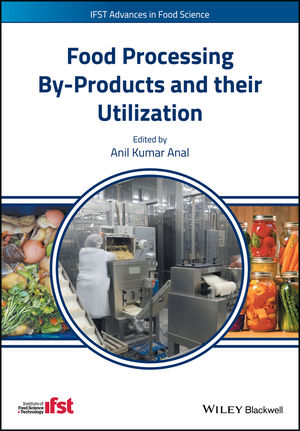Of all the sanitation issues that can occur in processing facilities, condensation is one of the most common. Simply put, condensation is the formation of liquid on a surface caused by the temperature difference between the cool surface and warmer, moist air. Condensation is not limited to summer; it can occur throughout the year due to plant-wide variations in temperature.
Before addressing condensation, it is important to emphasize that not all moisture on surfaces is caused by condensation. For example, moisture during pre-operational activities might be the result of overspray during cleaning, not condensation. Water dripping from a pipe might be caused by a leak. An establishment needs to address such occurrences, but should not document the occurrence as condensation. Such mischaracterizations can come back to haunt an establishment if regulatory action is taken because of repeated condensation findings.
Under the Food Safety and Inspection Service’s (FSIS) Sanitation Performance Standards, an establishment must control condensation: “to the extend necessary to prevent adulteration of product and the creation of insanitary conditions.” 9 CFR § 416.2(d). This could be interpreted as a zero tolerance for condensation, but that is not the case. A non-compliance only occurs if there is adulteration of product or creation of an insanitary condition. To avoid regulatory entanglements, an establishment should understand the regulatory implications of condensation.
As an initial matter, not all condensation will cause adulteration of product. Under FSIS policy, if condensation comes from a clean and sanitized surface (and this has been documented in a SSOP or SOP program), condensation contacting product does not result in adulteration, nor would it lead to an insanitary condition.
If the condensation does not directly contact product and it is not likely to do so, either because the product is protected (e.g., already packaged in a can) or the condensation is not in an exposed product area, there is no adulteration. However, the presence of condensation in these situations could create an insanitary condition.
In determining whether condensation constitutes an insanitary condition, FSIS will look to the frequency (recurrence), the magnitude of the condensation and how the condensation could result in an insanitary condition (e.g., spreading through the facility by employees’ foot traffic, causing boxes to become wet, etc.). Each occurrence of condensation can be linked to demonstrate an unwillingness or inability to comply with the condensation standard. For linkage, it makes no difference whether the condensation contaminated product or whether condensation occurred in different areas of the plant; all situations where insanitary conditions occur are added together.
To minimize problems:
- When documenting condensation in your own programs, do not mischaracterize situations which are not condensation, otherwise those instances are counted as a condensation (and in this case, more is not better).
- Whenever possible, use stainless steel on surfaces where condensation can form and include daily sanitation and inspection of these surfaces in your SSOP.
- Respond to condensation by seeking to eliminate its occurrence rather than control the condensation before it drips. It is far better to improve ventilation and air exchange than to have a “bucket brigade” wiping down surfaces.
- Be alert to possible linkage by inspectors. Do not mindlessly repeat the same corrective actions. If you are undertaking a facility improvement, work with the inspector on the improvement and timing. Even if there is agreement, you still need to put interim measures in place to address condensation.
Given the nature of processing operations, condensation may be reasonably likely to occur, but that does not mean regulatory non-compliance is inevitable.








